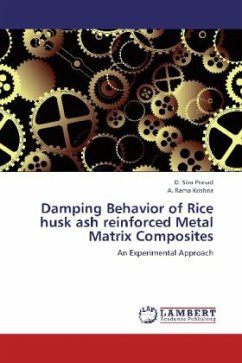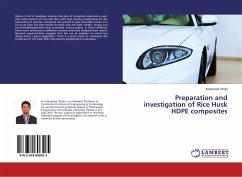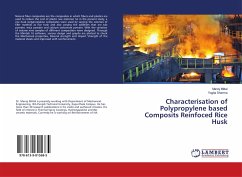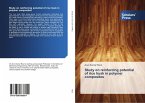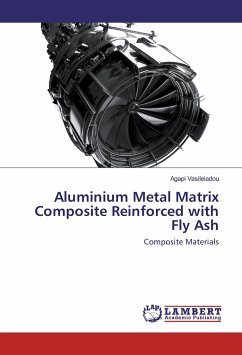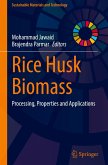Rice husk is an agricultural byproduct available in very large quantities throughout the world. Rice husk, which essentially protects the rice grain during growth, contains approximately 90 to 95% silica and the rest being minor oxides. In recent years considerable efforts have been made to utilize the silicon rich rice husk ash for making useful products. Recently efforts are being made to find value addition to these byproducts by using them as secondary resource materials. Damping capacity is a manifestation of anelastic behavior, i.e. a time-dependent response to an applied load. Materials with high damping capacity are very desirable to suppress mechanical vibration and transition of waves, thus decreasing noise and maintaining the stability of structural systems. Metal matrix composites, mostly of aluminum are sensitive to vibration because of their light weight. With the increasing applications of metal matrix composites, the requirement for high damping capacity of the materials is becoming more and more important for the advanced structures. Present work is an experimental investigation of the damping behavior of rice husk ash reinforced metal matrix composites.
Bitte wählen Sie Ihr Anliegen aus.
Rechnungen
Retourenschein anfordern
Bestellstatus
Storno

